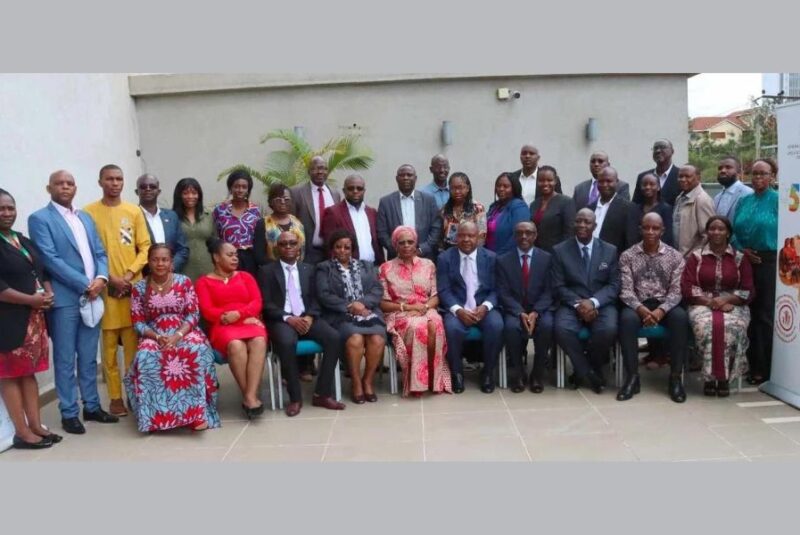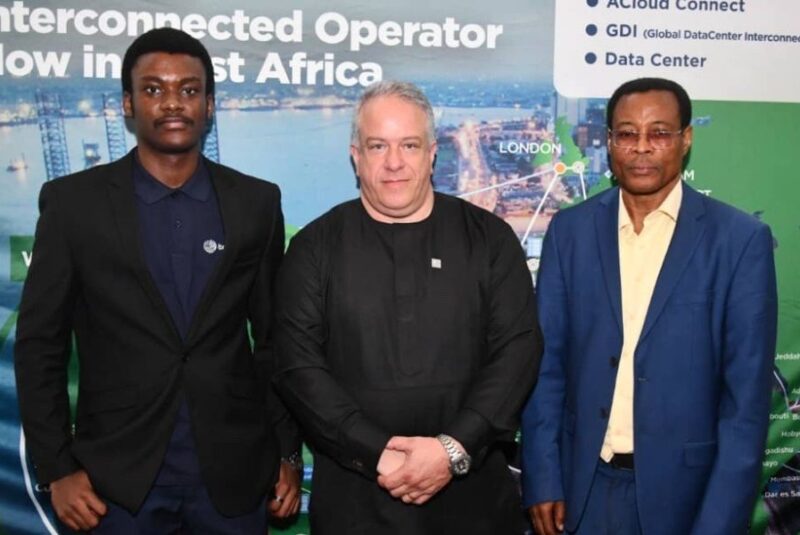Marcel Bruyns, the Sales Manager at Axis Communications talks about the need for real-time monitoring to help South Africa’s transport industry.
Both consumers and businesses should take note of road safety in South Africa given how much it affects us all. Despite significant government expenditure on public transport systems such as busses and trains, a decrease in reliance on these systems has resulted in more people using private vehicles and taxis, which in turn results in greater traffic congestion.
Meanwhile, according to the Ctrack Transport and Freight Index, South Africa’s road-freight sub-sector has been affected by ongoing rail freight challenges, resulting in more businesses opting for road transport methods, more trucks on the road, and more strain on our road network. This, combined with other challenges, means businesses need to go the extra mile to protect their assets and goods.
For businesses, simply sticking a camera to the dashboard of your vehicle isn’t enough anymore. Enterprises are encouraged to invest in innovative monitoring solutions that prioritise the safety of their vehicles, occupants, and cargo.
At an estimated 750,000 kilometres, South Africa’s road network is the longest of any African country, the tenth longest in the world, and is valued at more than R2.1 trillion. The network is one of our critical infrastructural backbones and serves sectors such as mining that are critical for economic prosperity.
However, this incredibly important network is overshadowed by safety issues. In 2021, a reported 10,611 fatal crashes resulted in 12,545 road fatalities (an increase of 25.8% from 2020). Road-based criminal activity is also on the rise. Between 2021 and 2022, South Africa experienced double-digit growth in car and truck hijackings, as well as theft out of or from a motor vehicle. Cash-in-transit robberies and cases of driving under the influence of alcohol or drugs also increased. These figures call for a rethink of how we protect people and vehicles, and part of the solution lies in how we monitor their movement and overall mobility.
Improving vehicle safety begins with having a direct and clear line of sight to the vehicle in question. Onboard cameras are built and designed to take up as little space as possible. Their robust construction protects them from vibrations when the vehicle travels over rough terrain. Innovations in camera lens technology and image-processing algorithms also mean cameras can adapt to challenging lighting conditions – even letting operators distinguish between signal light colours – and identify specific objects of interest regardless of those conditions. Combined with high levels of manoeuvrability, today’s cameras are built to be as versatile as possible and suitable for any vehicle, including buses and trucks.
New developments in IoT and network technology mean operators have more reliable visibility over their vehicles than before. Gone are the days of passive surveillance and onboard recording via hard disks. This should be replaced with real-time, GPS-enabled viewing enabled by edge-based video and audio analytics. By keeping tabs on vehicles and occupants as they travel, operators can ensure drivers adhere to directives and react to unforeseen and emergency situations more quickly and efficiently.
Thanks to cloud-based transmission and storage, footage is available right at operators’ fingertips and can be easily accessed for investigation and insurance purposes.
Take this idea a step further. Advanced analytics can help operators to extract and accumulate extra data about their vehicles and how they move. For example, they can monitor passenger numbers and commuting trends on public transport. They can then use this to optimise schedules and staff deployments, ensuring they provide an efficient and safe experience for large populations. Meanwhile, businesses can use data to keep track of a vehicle’s speeds and surrounding traffic conditions, thus letting them determine new routes and schedules that best fit their activities and operational requirements.
Marcel Bruyns, Sales Manager, Axis Communications
Whether we’re talking about freight, private, or public transport, South Africa’s roads can only benefit from its users adopting new technologies that make them smarter and safer. By upgrading monitoring and surveillance capabilities with an eye towards data gathering and analysis, organisations can set new safety standards that save lives and help protect both assets and infrastructure.











